The moon is one of those things we all count on being there in the sky. When’s the last time you ever pondered the idea of losing it? Luckily Hollywood is around to take that burden for you in movies like Moonfall, where we get to see in IMAX how the world would burn unless Halle Berry could save the day. But what does science think would happen if the moon vanished?
10. Raining Debris
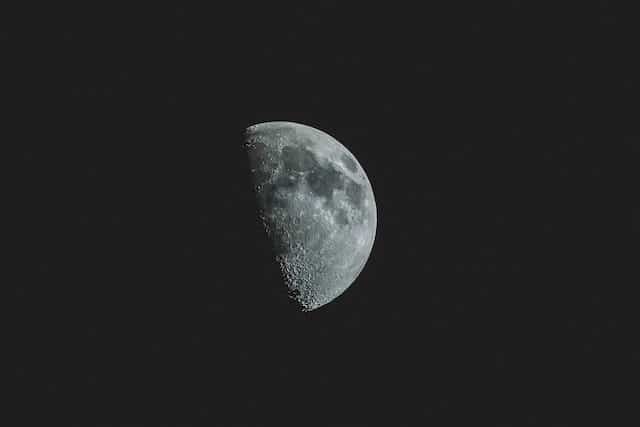
No one wants to get hit with rocks from space as witnessed by both the movie Armageddon and the actual extinction of the dinosaurs. When debris from space hits the earth, it’s cataclysmic. It’s an end of the world event! Except when it isn’t.
The rock that killed the dinosaurs likely came from far outside of our solar system. The moon is literally just next door. That means if the moon were to somehow explode, fragments were definitely fall to earth. However, those fragments would have far less energy behind them. It’s more or less the difference between dropping a penny off of the Empire State Building or dropping one off of your shed.
Moon debris hitting earth would rain down at about eight kilometers per second, which is faster than you ever want a chunk of the moon to be, but still slow, relatively speaking. Most asteroids hit at a minimum of 20 km/s and up to as much as 100 km/s. The difference in destructive potential is pretty remarkable as a result. The end result is that every piece of moon would have 1% of the destructive potential of a similarly sized asteroid.
None of this means the world wouldn’t face utter devastation. But what it does mean is that we wouldn’t risk extinction. Instead, we’d just deal with a massive loss of life, whole cities flattened, and a baffling cleanup effort. Plus the side effects of no longer having a moon.
9. Seasonal Shifts

The Earth rotates the way it does because of the moon. The tilt of the Earth’s axis needs the moon to hold it in place. If the moon were to up and vanish on us one day, the gravitational pull holding the specific tilt that allows for a change in seasons as we rotate around the sun would be lost. That means the earth’s axis could change in very unpredictable ways. We could lose seasons all together or we could get the opposite.
If the tilt became dramatic, the effect on seasons and weather would become catastrophic. The Earth could suffer extreme weather like it’s never experienced before, a potential new ice age, and countless other phenomena that could render the planet uninhabitable.
Without the moon affecting the Earth’s rotational speed, wind would be faster and much more furious.
You can look at Mars as an example of what happens without a moon as an axial stabilizing force. The tilt of the Martian axis has varied greatly over its history.
8. Dark Nights and Lots of Them
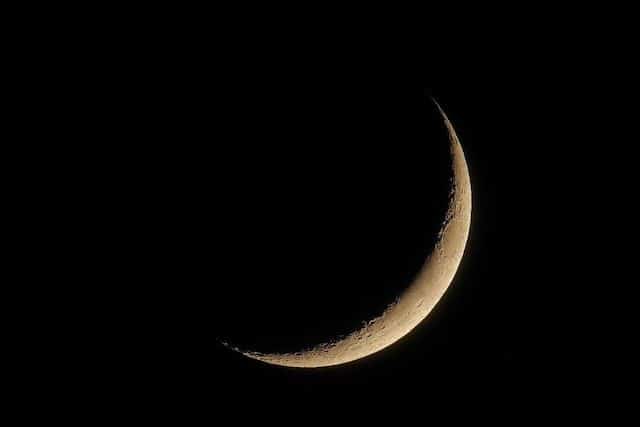
The moon reflects about 3% to 12% of the sunlight that hits it. Small numbers, but we’ve all been out under a full moon to appreciate just how bright that can actually be. With no moon, that light vanishes entirely and night time would become incredibly dark. Devoid of manmade light, it would literally be impossible to see at night, so we’d have to have artificial light sources everywhere. But just at night, right? Well, that’s a problem too.
Night as we know it exists because of the moon. The gravitational pull of the moon is what determines how long night and day on Earth are. If the moon vanished, the gravity goes with it. Right now, it pulls on the water of the oceans and that creates friction between water and earth. The earth rotates every 24 hours because the moon’s gravity pulls the water of the oceans with enough force to slow the earth to that speed.
With no moon, the water on the earth can spread out more. There would be far less friction as the water would be able to spin with the earth. That means the earth spins faster. Instead of 24 hours, you’d be seeing the sun rise every 6 to 12 hours.
7. Ironically Brighter Night Skies
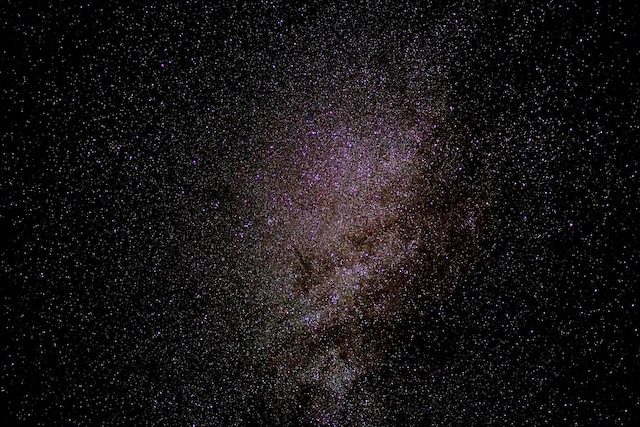
So sure, we just said the night would be a tomb of all-encompassing blackness. But technically, it would also be much brighter. Not in a useful way, of course. You wouldn’t be able to play a game of cards. It’d still be dark down here on Earth. But the sky itself would look otherworldly. Without the moon reflecting all that sunlight, you’d have an incredible view of the stars every single day.
Of course, you have nights now when you get a good view of the stars, but that’s only when the moon isn’t in view. This would become an every night thing. Given all the other mayhem caused by a missing moon, it’s not likely we’d have much time to appreciate the view, but it’s nice to think you might have a minute to view the stars before all hell broke loose.
6. Tidal Shifts
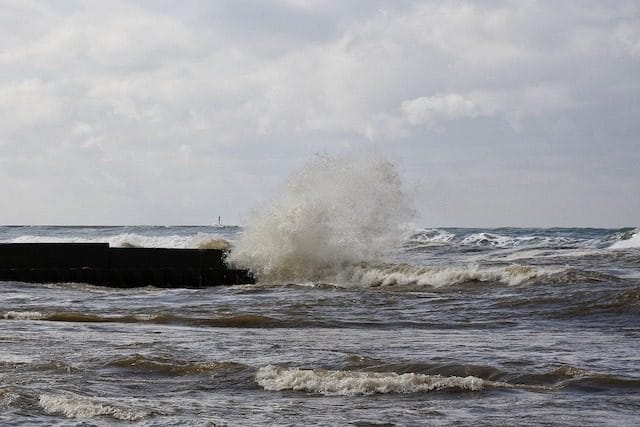
Everyone knows that the moon controls the tides and we’d see how that works in a practical sense with no moon. The tide levels would drop by about one-third without the moon pulling on waters around the world.
As the moon pulls on the Earth, it actually causes the planet to bulge a little towards the moon and that’s where you get high tides. The same thing happens on the opposite side of the planet. As the earth rotates, the part of the world you live in will pass through one of these bulges, and that’s high tide. When you pass out, that’s low tide.
Without the moon, the tide has much less power. The sun still pulls on the oceans, but its pull is weaker because it’s so far away. That’s why we’d have tides that are ? of the level they are now. And that’s a problem.
The tidal ecosystem keeps a lot of sea life thriving. Without the shifting tides stirring up the ocean bottom as much as it does, a lot of sea life loses access to food. That could potentially lead to serious population declines and even the extinction of many species. And what starts in the water can easily transfer to land. Birds and wildlife that rely on sea life to live may lose their food sources and the damage to nature increases.
Much of our climate is dependent on tides as well. Ocean currents need tides to work. With weaker tides, those warm and cold currents that spread around the world will be diminished and that means more extreme and unpredictable weather and climate conditions.
5. The End of the World
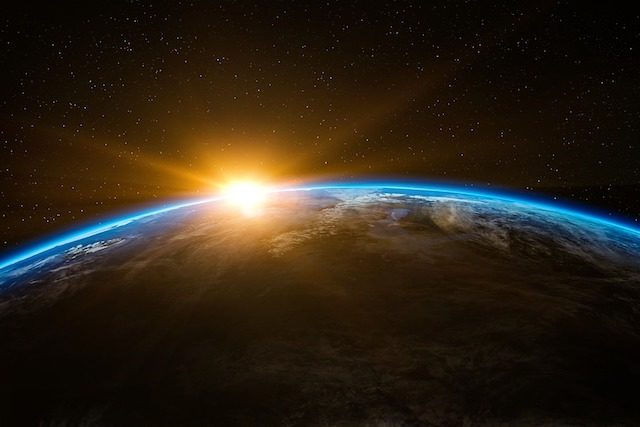
Not to bury the lede but it’s hard to know how to decide what happens to the world if you don’t know exactly why the moon disappeared. So let’s see what happens if the moon proper was broken apart. So instead of one big moon, we now have two smaller moons. This could theoretically happen if a large enough asteroid hit the moon at just the right angle. Implausible, but maybe possible.
If the moon were to break in two and we ended up with two new moons of a smaller size, the result on the Earth would very likely be some end of days style destruction. With two objects pulling on the Earth instead of one, the shifts in gravitational forces would wreak havoc. This could massively increase dangerous weather patterns and also seismic and volcanic activity.
The earth would begin to spin faster, volcanic ash would spew into the atmosphere, tsunamis and earthquakes would destroy things and, in general, the world would become a much worse place.
On the upside, the odds on the moon somehow splitting in two and both fragments remaining in orbit to cause this are astronomical, so this is all just a fanciful theory, but the physics are mostly sound.
4. The End of Eclipses

Not everything about losing the moon needs to be death and destruction. Consider that you’d never see another lunar or solar eclipse again. This would not ruin anyone’s life in any way whatsoever and is arguably the most noticeable yet least devastating effect of life with no moon. For that reason, it’s potentially the best side effect, if you want to call it that.
Of course, that wouldn’t prevent any of the other terrible things, but it’d be a fun distraction for a minute.
3. You’d Sleep Better

Forget everything we said about end of the world stuff, because that’s its own issue. Let’s say the moon vanished, and the earth was still here and we were all alive and fine. Then what? Weirdly enough, research suggests you’d get a solid night’s sleep. Maybe every night.
On the days leading up to a full moon, research shows that people tend to go to sleep later and get less sleep overall. It’s not just one group of people in one place, either. This research covered rural communities in Argentina all the way to students in Seattle. Everyone’s sleep patterns seem to be affected the same way.
The effect is less on people in urban areas, but it’s still there. The conclusion was that the moon has an effect on human circadian rhythms. Which means, with no moon, there’s no longer an effect. You’d be arguably going to sleep when you wanted and sleeping longer every night.
2. There Might Not Be an Earth At All

There’s much to consider about what would happen if the moon disappeared today, but what if it never was? How would the world have evolved? It’s very possible that it simply would not have.
Billions of years back, a mass the size of Mars collided with the primordial earth. They call that mass Theia. When Theia and primal earth collided, it busted the world asunder. The chunk of Earth that broke off in the impact became the moon. Meanwhile, the bits of Earth and Theia that squished together generated enough heat and mayhem to really start the ovens of life working, at least on a cosmic scale.
As the sun was beginning to heat up it blasted the solar system with solar winds. These are the kinds of things that strip the atmosphere away from planets like Mars. But the Earth survived. The reason seems to be that Earth and the moon shared a magnetic field. This essentially set up a powerful shield against the damaging power of the early sun and preserved the atmosphere of the Earth.
Though the moon has no magnetic field now, there is evidence of magnetism in the rocks found there. When it was first formed, it may have been warm enough to have its own molten core that allowed for a small magnetic field, one powerful enough to bolster the Earth’s and shield it from the sun.
1. Life May Never Have Happened

This is another what if scenario that goes way back to the beginning of life on Earth. This was after the moon saved the planet with its magnetic field and the stage was set for life to develop. But there’s a chance that, had the moon not been there, life would not have developed at all.
The idea here is not set in stone because so much of this is still a mystery. But one widespread theory about the emergence of life relies heavily on tide pools. In the early days of the earth, the tides would have been coming in and out every 6 hours. These tides would have been unlike anything we can imagine today, travelling far inland and covering huge parts of the world. These tidal changes would have led to a highly saline low-tide environment that was perfect for the development of the simplest molecules that formed early DNA.
As tides came and went, these molecules, what scientists called protonucleic acids, would form and come apart again and again. This set the groundwork for simple life to develop and the rest is a very long, complicated history of biology. That said, if the tides were not there to provide the action to create this big DNA smoothie, life may never have begun.